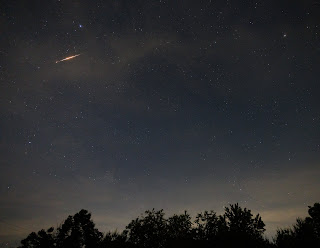How to Observe Hubble's Variable Nebula (NGC 2261), an ever changing nebula

When viewing deep-sky objects, most appear static within the timescales of human observers. However, there are exceptions, such as supernovas exploding in distant galaxies, eclipsing binaries and the expanding crab nebula.

.JPG)
.jpg)
-min.jpg)
.jpeg)
-min.jpeg)


